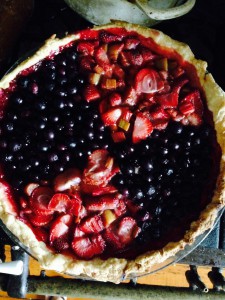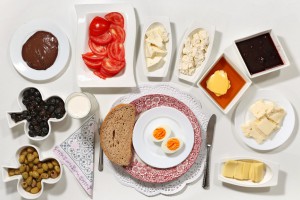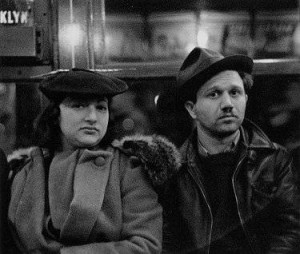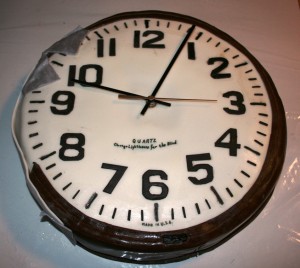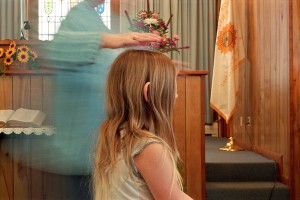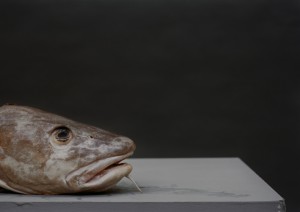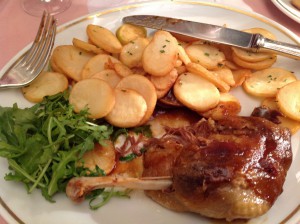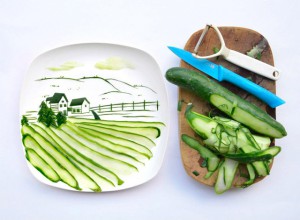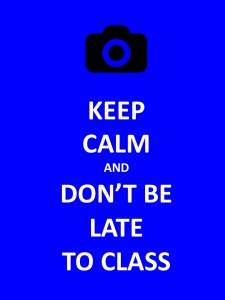 As you all know Monday October 27th is our MIDTERM, and it’s also the beginning of the 7th week of class (mid-semester!) If you have yet to do so, you should study all the pictures listed on the short list (what’s important about each one, who made it, what’s it about, etc.).
As you all know Monday October 27th is our MIDTERM, and it’s also the beginning of the 7th week of class (mid-semester!) If you have yet to do so, you should study all the pictures listed on the short list (what’s important about each one, who made it, what’s it about, etc.).
Unfortunately, I will not be able to hold my office hours before class (I’ll be in an observation at that time). If you have any questions, please send them to me via email.
We decided last week that we’ll have 10 days to submit to all blog topics and the cut off will be Wednesday midnight (after your cooking and baking classes!).
Lastly, I am in the process of submitting mid-semester grades, which you will find on Blackboard. For some, I will need to wait until the midterm is graded before submitting a grade.
Possible mid-semester grades are:
P = Passing work
BL = Borderline
U = Unsatisfactory
SA = Stopped Attending
I usually issue a BL for attendance problems. Don’t forget that more than 2 absences will result in course failure since our class meets only once per week.
If you get a U, it’s because you didn’t submit a paper and have yet to blog on the class website (yes, papers and blogging are that important).
Extra credit assignments will be posted at the end of the week.

